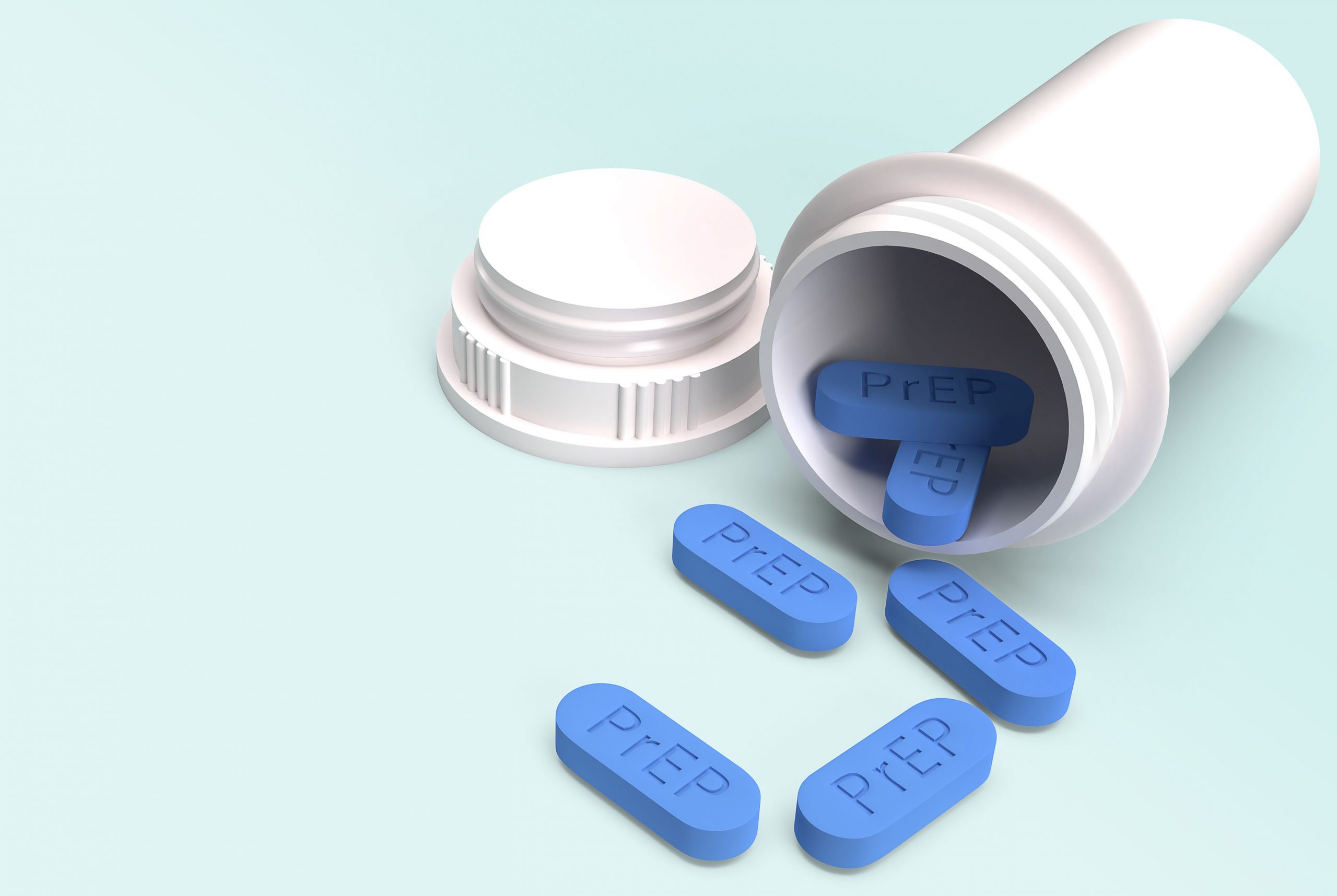Drop in HIV PrEP Prescriptions, New Users Observed During COVID-19 Pandemic – AJMC.com Managed Markets Network

A data analysis found a 22% reduction in HIV pre-exposure prophylaxis (PrEP) prescriptions and a 25% reduction in new PrEP users in the United States after COVID-19 was declared a national emergency.
The COVID-19 pandemic disrupted an increasing trend in HIV pre-exposure prophylaxis (PrEP) prescriptions in the United States, according to an analysis published in Clinical Infectious Diseases.
According to the authors, uptake of PrEP has been increasing since its FDA approval in 2012. However, stay-at-home orders, fear of exposure, and other restrictions due to the pandemic likely impacted health care access for people living with HIV and people at risk of acquiring HIV.
They also noted that at least 1 other study found a substantial decrease in HIV testing rates during the COVID-19 pandemic, potentially related to decreases in PrEP prescriptions.
“[PrEP] requires adherent and persistent use for its effectiveness as a biomedical tool for HIV prevention,” the authors wrote. “Persons who stopped taking PrEP but had ongoing risk behaviors during the pandemic might have acquired and subsequently transmitted HIV infection.”
To investigate this hypothesis, the authors analyzed data from the IQVIA Real World Data–Longitudinal Prescriptions Database between January 2017 and March 2021. The IQVIA database contains approximately 92% of all US prescriptions dispensed from retail pharmacies and more than 60% from mail-order outlets, but it does not include prescriptions from closed health care systems. This database also links prescriptions to medical claims used for diagnosis, and to the Experian consumer database to identify patient demographic characteristics.
Using a generalized linear quasi-Poisson model, the authors modeled weekly PrEP prescription data before and after the start of the pandemic in order to compare the expected trend had the interruption (ie, the pandemic) not taken place vs the observed change in the time after the interruption.
Between March 15, 2020, and March 31, 2021, there were 825,239 HIV PrEP prescriptions in the United States. According to the authors, if the COVID-19 pandemic had not occurred, there would have been 1,058,162 PrEP prescriptions in that time frame.
This difference reflects a 22% reduction (95% CI, 19.1%-24.8%) in prescriptions after COVID-19 was declared a national emergency compared with the predicted total.
The model that the authors used also predicted 167,720 new PrEP users in that time, but only 125,793 new users were observed, marking a 25% reduction (95% CI, 20.9%-28.9%).
Younger people aged 16 to 29 years saw the greatest reduction based on age, at 27.6%, whereas individuals 50 years and older saw a reduction of 18.5%. However, the numbers of predicted compared with observed PrEP prescriptions and new users did not significantly differ between men and women or based on race or ethnicity.
The pandemic’s impact also varied by state, with southern states having the least change and some states actually seeing an increase in prescriptions and new PrEP users.
“Of note, the number of observed PrEP prescriptions and new PrEP users decreased by 35% or more in California, Georgia, Illinois, Massachusetts, and New York, all of which had incurred the greatest number of PrEP prescriptions prior to the COVID-19 pandemic,” the authors wrote.
There were also greater reductions in PrEP use among people with commercial health insurance.
“A study that reported on an analysis of the IQVIA database found that out-of-pocket payments for PrEP were lower among persons with Medicaid or Medicare than among those with commercial insurance,” the authors noted. “With loss of employment and health insurance coverage during the COVID-19 shutdown, high copayments might have been a barrier to PrEP use among persons with commercial insurance or those who paid with cash.”
To remove some of the financial barriers, the Affordable Care Act required most health plans to offer PrEP to their beneficiaries without co-pays starting in January 2021.
According to the authors, these findings highlight the need for interventions to ensure HIV prevention services during future similar emergencies.
“Ongoing monitoring of trends in PrEP prescriptions and PrEP users is needed to assess whether the impact of the COVID-19 pandemic abated after shutdown orders were lifted and as the vaccination rate among the population increased,” they said. “Further studies are needed to understand the population-level implications of decreased PrEP use during the COVID-19 pandemic on HIV transmission.”
Reference
Huang YA, Zhu W, Wiener J, Kourtis AP, Hall IE, Hoover KW. Impact of coronavirus disease 2019 (COVID-19) on human immunodeficiency virus (HIV) pre-exposure prophylaxis prescriptions in the United States—a time-series analysis. Clin Infect Dis. Published online January 18, 2022. doi:10.1093/cid/ciac038







